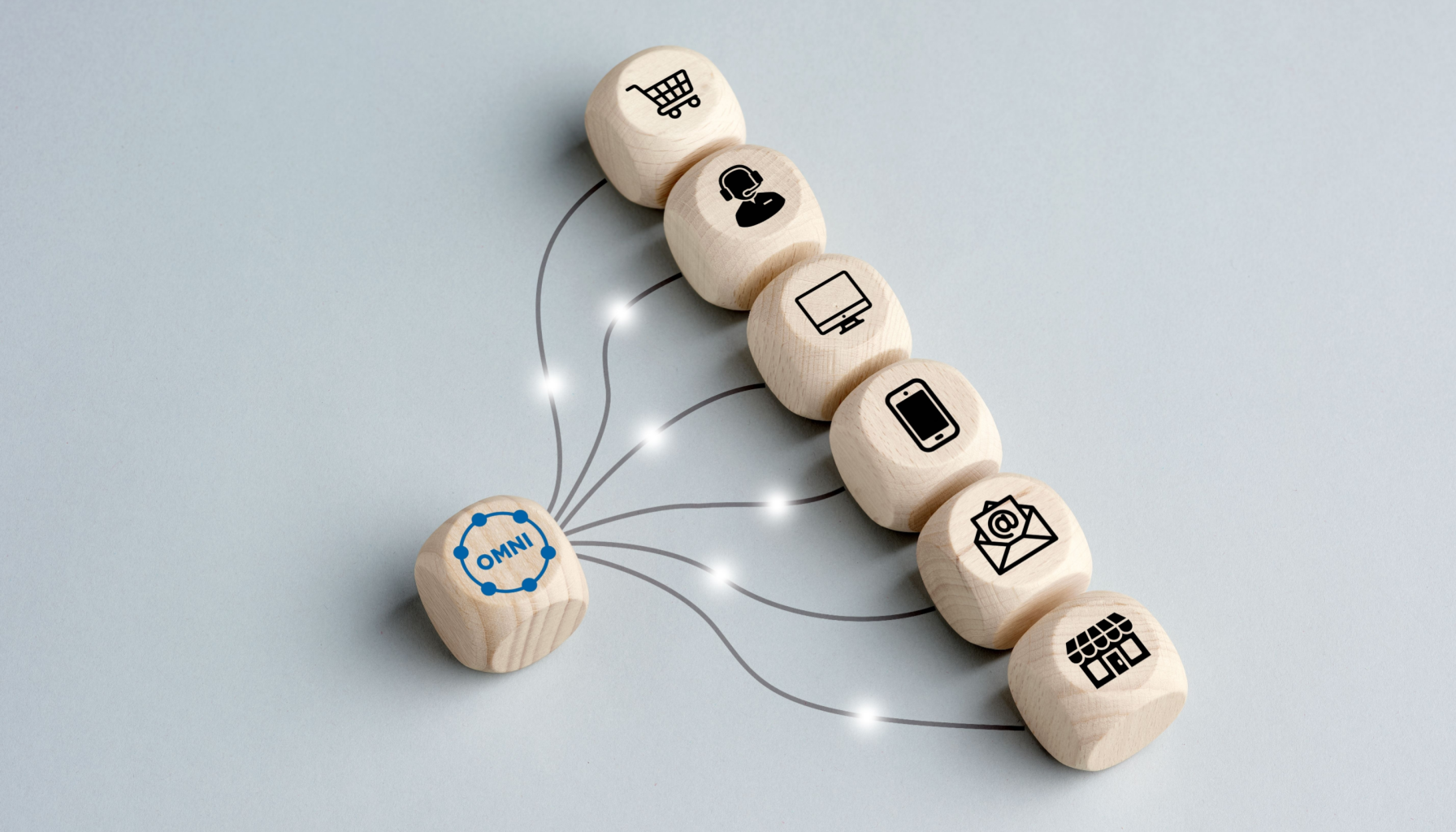What is CPaaS and Why Does It Matter? A Comprehensive Overview

In today’s hyperconnected world, seamless communication is key. Businesses need to meet customers where they are—in apps, on mobile, via social media—without missing a beat. That’s where CPaaS comes in.
“Communications Platform as a Service,” CPaaS offers a flexible, cloud-based environment that allows organizations to integrate real-time communication tools (think voice, SMS, chat, video) directly into their existing applications. It’s a game-changer for any industry that wants to stay relevant and engaged with its audience.
Defining CPaaS
Communications Platform as a Service (CPaaS) is essentially a toolbox of communication APIs (Application Programming Interfaces) and SDKs (Software Development Kits) that developers can embed into web or mobile apps. These building blocks remove the complexity of rolling out robust communication capabilities in-house. Rather than constructing a brand-new backend or deploying specialized hardware, CPaaS solutions let you tap into hosted infrastructure and code libraries to quickly add features like messaging, push notifications, two-factor authentication, voice calls, or video conferencing.
Why CPaaS is Gaining Traction
- Rapid Implementation
Traditional, on-premise solutions often require significant time, investment, and expertise. CPaaS platforms bypass heavy backend development, making it faster and easier to deploy communication features across various channels. - Scalability and Flexibility
By using the cloud, you can scale up or down based on demand. Whether you’re running a small pilot or catering to millions of global users, CPaaS platforms accommodate your growth without major infrastructure overhauls. - Cost-Effectiveness
Paying on a usage basis (often per message or minute) translates to cost savings for businesses. You only invest in the services you need when you need them, avoiding hefty capital expenditure. - Enhanced Customer Engagement
From chatbots to interactive voice response (IVR) systems, CPaaS tools power smoother, more personalized customer interactions. This often leads to higher customer satisfaction and loyalty.
Core Features of a CPaaS Solution
- Messaging
SMS, in-app messaging, WhatsApp, and social media integrations: CPaaS solutions usually offer a broad selection of messaging capabilities to communicate with customers on their preferred channels. - Voice Services
From outbound calls and call masking to advanced IVR options, voice functionalities help automate and streamline customer interactions. - Video and Real-Time Communication
Integrated video calling and real-time collaboration features (like screen sharing) can be built directly into your app, allowing smooth support sessions, remote consultations, or team meetings. - Authentication and Security
Protect accounts and prevent fraud using two-factor authentication (2FA) or one-time passwords sent via SMS or voice calls. - Analytics and Reporting
Data dashboards and performance insights help you refine user experiences. Tracking metrics like message delivery rates or call durations can inform strategic improvements.
Industries Benefiting from CPaaS
- E-commerce & Retail
Send order confirmations, shipping updates, and personalized promotions via SMS or chat. Provide real-time customer support through embedded voice or video calls. - Healthcare
Offer appointment reminders, telehealth consultations, and secure messaging to protect patient data while staying compliant with privacy regulations. - Banking & Finance
Enable secure two-factor authentication, alert systems for transactions, and quick communication for fraud prevention or account updates. - Travel & Hospitality
Handle booking confirmations, itinerary updates, and real-time travel assistance through automated or human-assisted channels. - Customer Support Centers
Simplify help desk operations with chatbots, automated IVR call routing, and interactive messaging platforms, reducing wait times and improving satisfaction.
Key Considerations Before Adopting CPaaS
- Integration Needs
Evaluate your existing tech stack to ensure the chosen CPaaS provider integrates smoothly with core applications. - Security and Compliance
Check if the platform supports industry-specific compliance (HIPAA, GDPR, PCI DSS, etc.) to protect sensitive data. - Global Coverage and Reliability
If your audience is international, verify that the provider covers the necessary regions and maintains high uptime and deliverability rates. - Scalability and Pricing
Understand the pricing model. Some providers charge per message or minute, while others offer subscription packages or custom plans. - Support and Documentation
Look for extensive developer documentation, tutorials, and responsive support to minimize friction during the integration process.
Future Outlook of CPaaS
The popularity of CPaaS will likely continue to rise as businesses prioritize speed and personalization in customer communication. Advancements in artificial intelligence, chatbot technology, and data analytics are also poised to refine CPaaS offerings, enabling more intelligent and context-driven interactions. From predictive customer support to next-level personalization, CPaaS is set to play a pivotal role in shaping how businesses and customers connect.
Conclusion
CPaaS isn’t just another industry acronym—it’s an enabler of modern, flexible, and scalable customer communications. By leveraging a cloud-based platform filled with off-the-shelf communication tools, businesses can quickly adapt to evolving market demands and offer a seamless, omnichannel experience. Whether you’re boosting your customer support strategy or looking to personalize interactions at scale, CPaaS provides a powerful framework to stay ahead in today’s fast-paced digital world.




